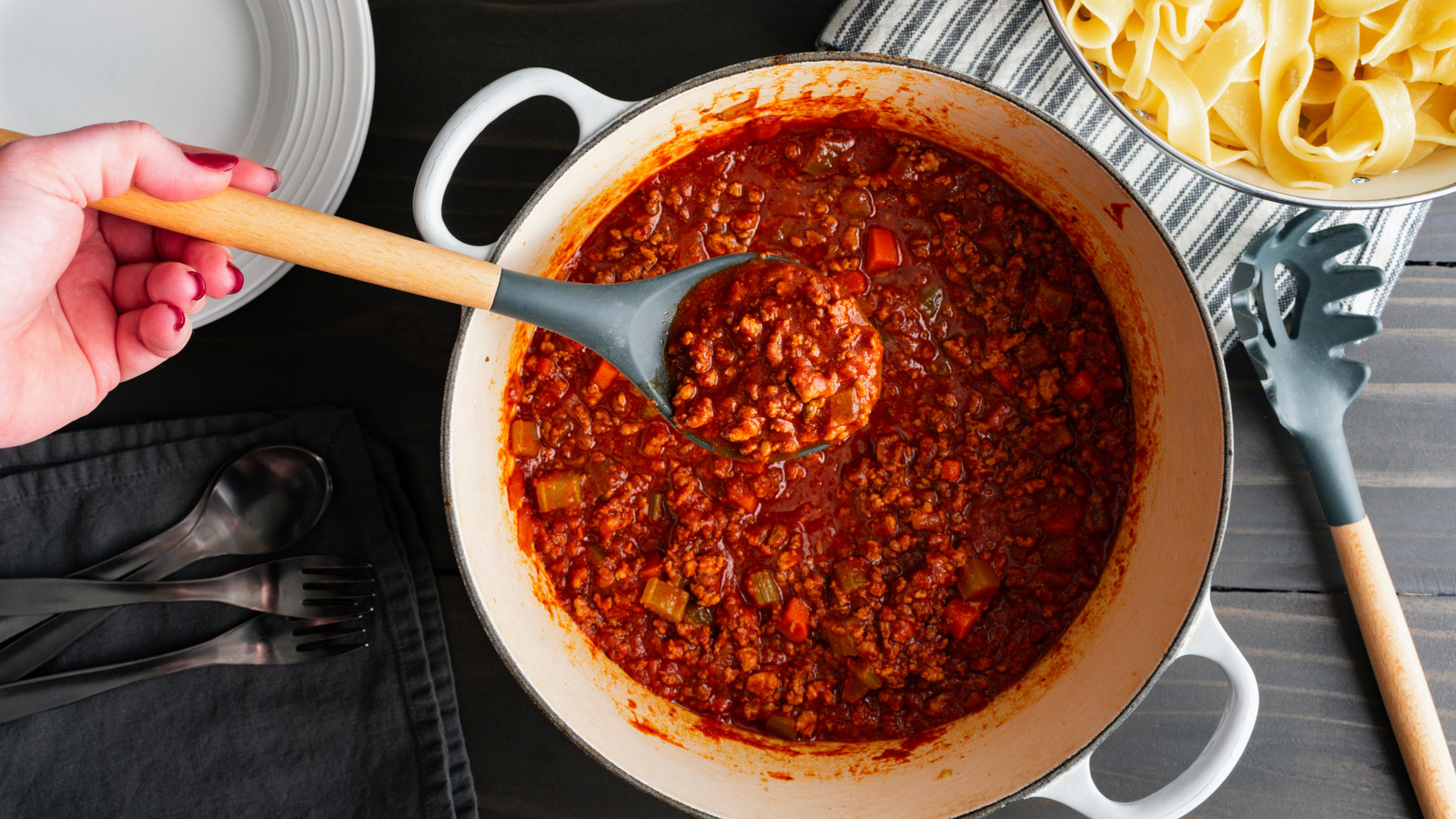
"Yes, it's trendy, it's expensive, and it's not not about having a beautiful object in your kitchen that says "I know what I'm doing." But it would be a mistake to write them off. Dutch ovens are versatile workhorses that can be used to braise meats, simmer stew, make a soup, or even bake bread. Thanks to its hardy construction, it can go from stovetop to oven, and then, thanks to its often-lovely appearance, straight to the dining room table as a serving dish."
"Two companies pop up, again and again, in professional and consumer kitchens alike: Staub and Le Creuset. Both companies are best known for their enameled cast-iron Dutch ovens, the product also known as the cocotte. Both also offer an array of other cookware, such as baking dishes and grill pans. And both have their own team of absolutely devoted fans. But what are the differences between the two companies and what they offer, and how do they matter in the kitchen?"
"In 1924, two Belgians founded Le Creuset in a small town in Northern France. Octave Aubecq was an iron caster, and Armand Desaegher was an enameling expert. They joined forces to perfect the process of enameling cast iron in a town called Fresnoy-le-Grand, which just so happened to be at the intersection of key shipping routes for iron, coke, and sand - three key elements in making cast iron. The two entrepreneurs and the prototype they developed in 1925 changed cookware forever."
Dutch ovens combine practicality and aesthetics, functioning as versatile cookware for braising, simmering stews, making soups, and baking bread while moving easily from stovetop to oven and to the table. Staub and Le Creuset frequently appear in professional and consumer kitchens and are best known for enameled cast-iron Dutch ovens, or cocottes. Both brands also produce other cookware such as baking dishes and grill pans and attract devoted fan bases. Le Creuset originated in 1924 when an iron caster and an enameling expert in Fresnoy-le-Grand perfected enameling cast iron, producing a 1925 prototype that combined durability and a ceramic-like coating. Julia Child helped popularize Le Creuset in American kitchens by featuring it on her show.
Read at Tasting Table
Unable to calculate read time
Collection
[
|
...
]